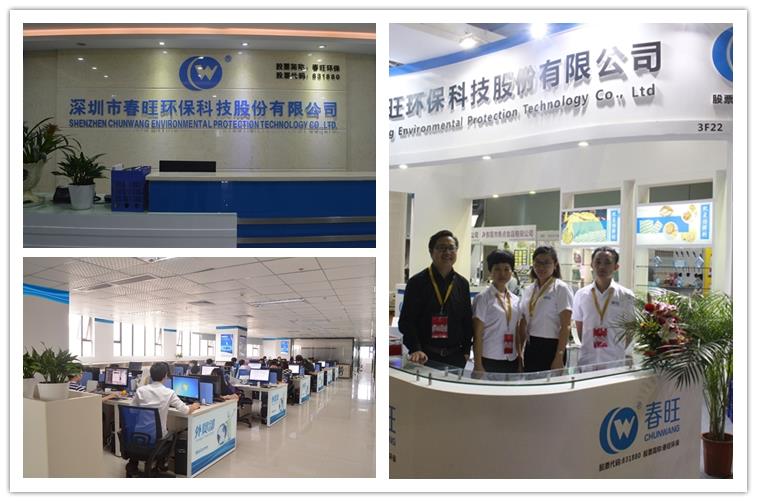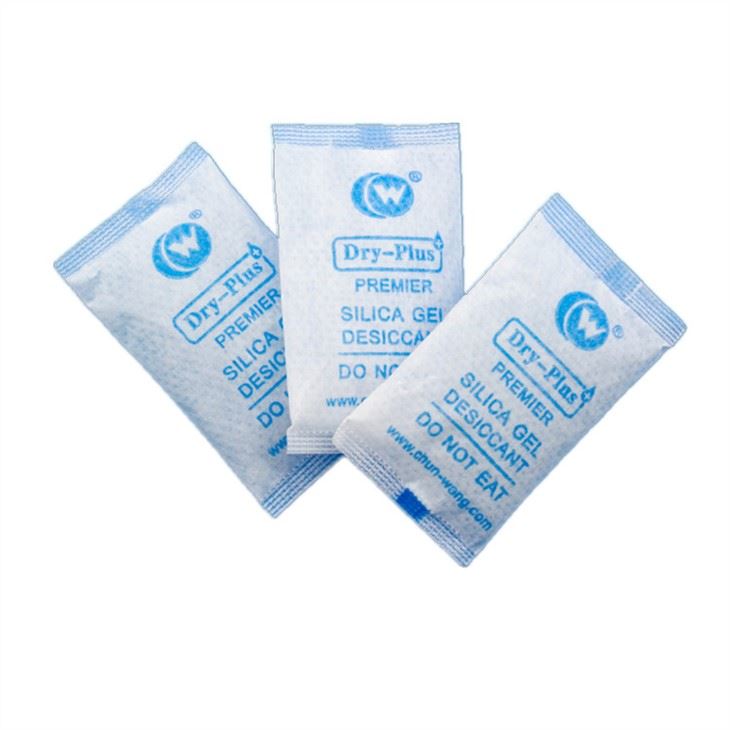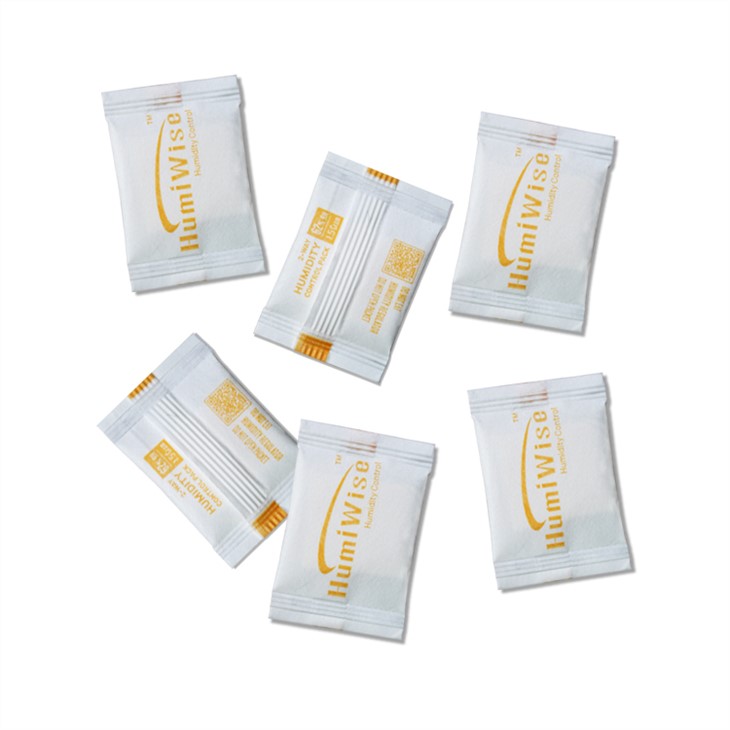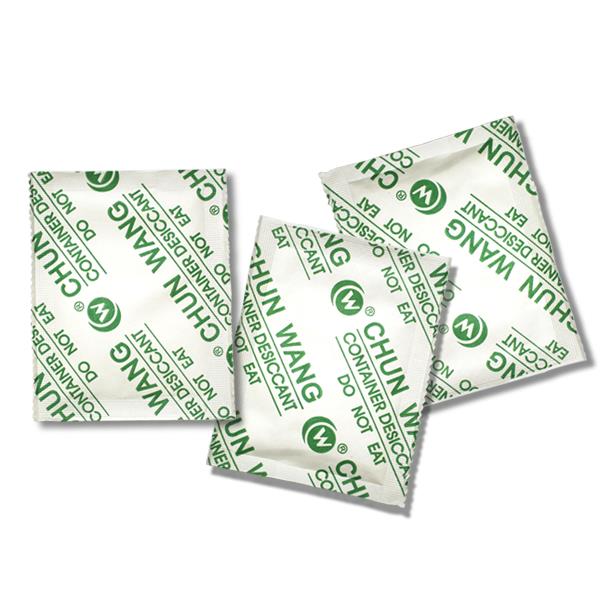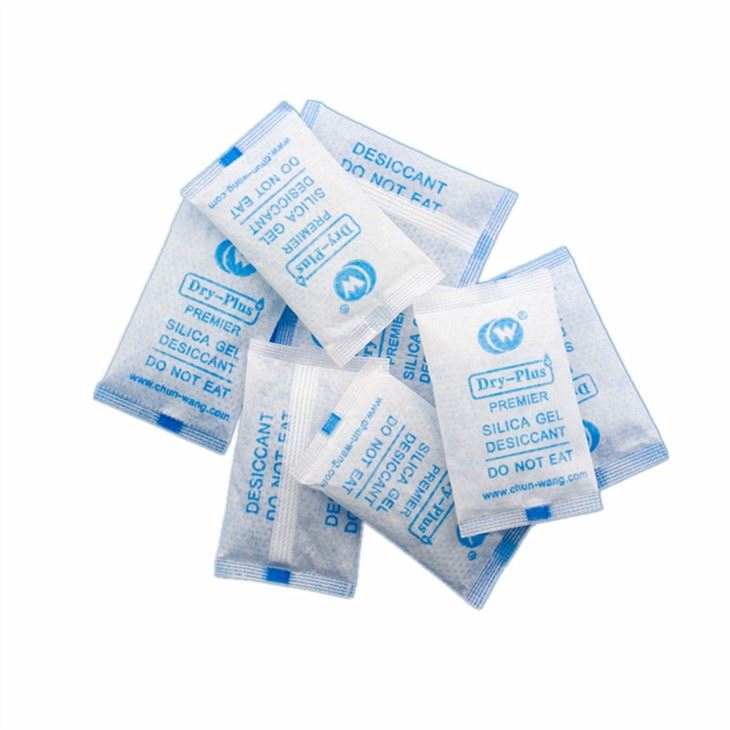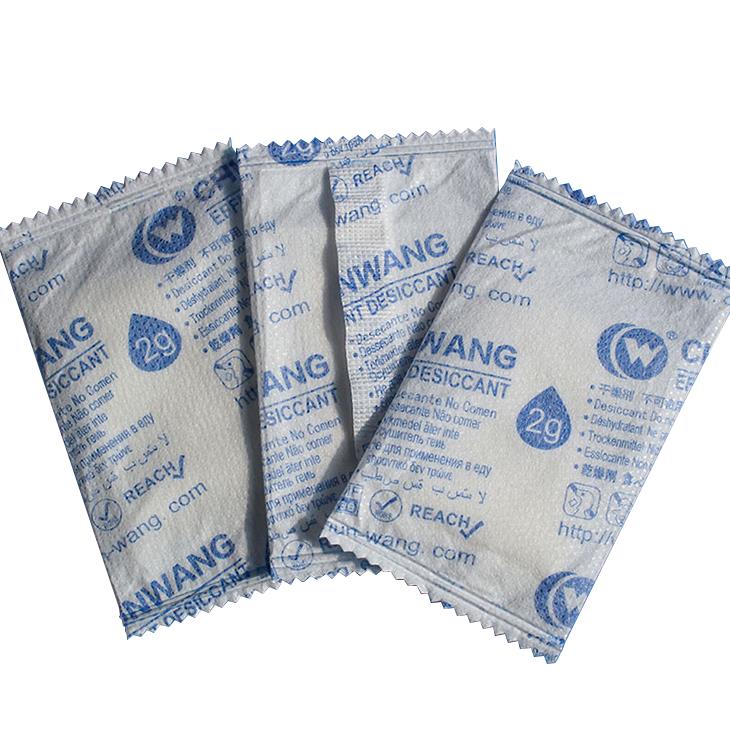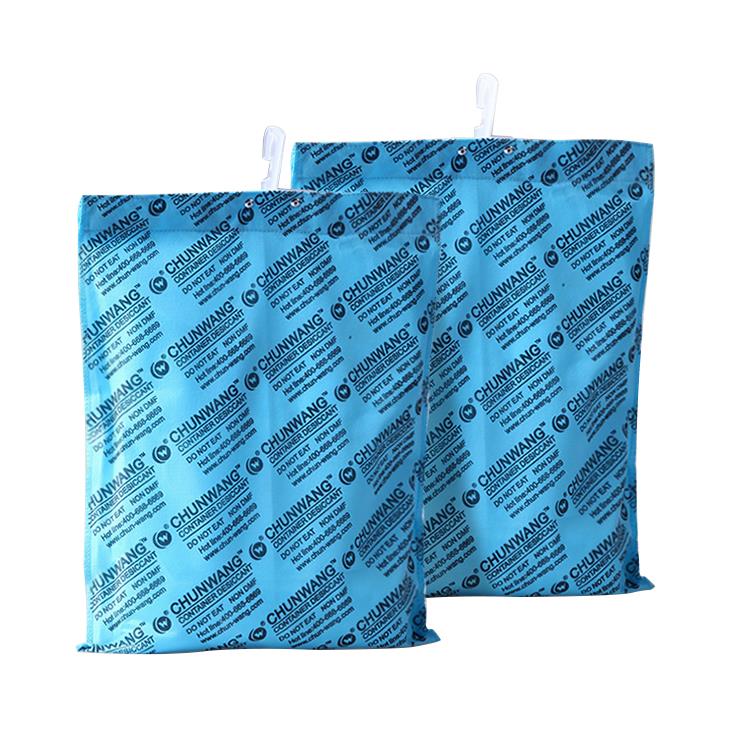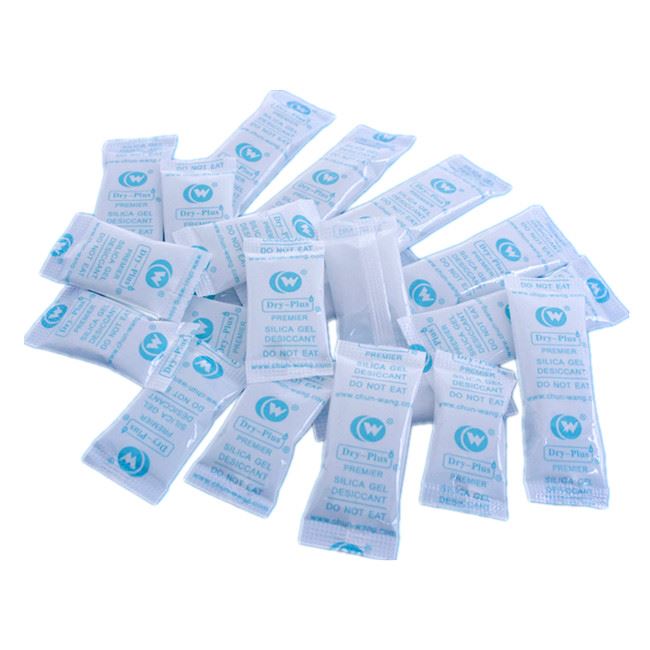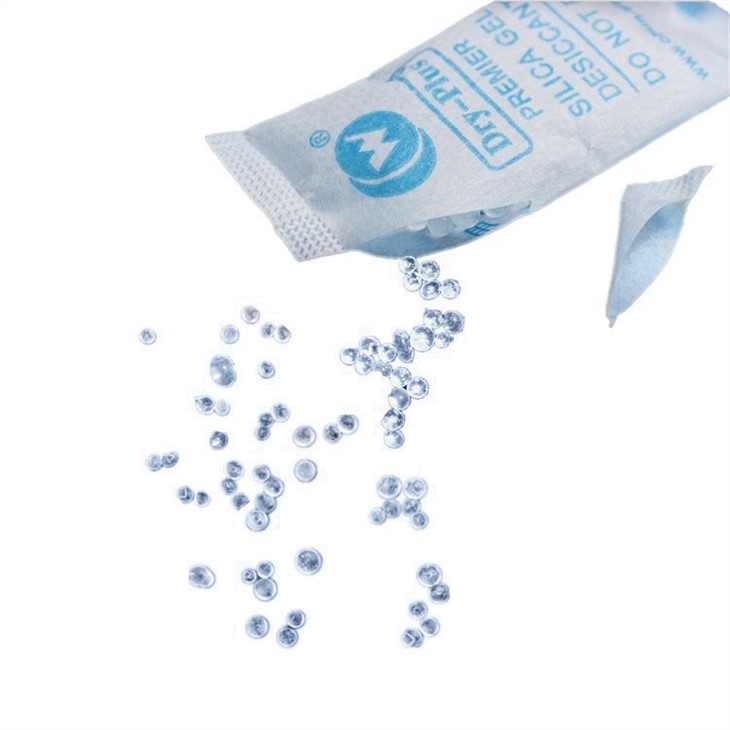Calcium Chloride Desiccant
18years Famous Desiccant Brand
We are a professional calcium chloride desiccant manufacturer with 18 years of professional industry knowledge and a modern industrial plant of 15,000 square meters.
Qualification Certificate
We had passed the ISO9001:2015, ISO14001:2015, BSCI, GMP and Walmart audits. Our products comply with RoHS certification and other certificates.
Safe Materials
The desiccant raw materials have been optimized, do not contain DMF, and comply with RoHS and Reach standards.
Excellent Services
Our sufficient production capacity ensures delivery dates, and complete supervision system ensures product quality. Work with a professional shipping team to ensure safe delivery.
-
![High-Absorption Sorb-Plus Calcium Chloride Desiccant]()
High-Absorption Sorb-Plus Calcium Chloride Desiccant
-
![100g Sorb-Plus Magnesium Chloride Desiccant]()
100g Sorb-Plus Magnesium Chloride Desiccant
-
![High-Efficient Sorb-Plus Magnesium Chloride Desiccant]()
High-Efficient Sorb-Plus Magnesium Chloride Desiccant
-
![High-Efficient Sorb-Plus Desiccant Protecting Cargo From Moisture Damage]()
High-Efficient Sorb-Plus Desiccant Protecting Cargo From Moisture Damage
-
![Reusable Interior Calcium Chloride Dehumidifier Box]()
Reusable Interior Calcium Chloride Dehumidifier Box
-
![Bulk Buying Refill Calcium Choride Dehumidifier Bag]()
Bulk Buying Refill Calcium Choride Dehumidifier Bag
-
![Refillable 450g Dehumidifier Bag Household]()
Refillable 450g Dehumidifier Bag Household
-
![Air Dehumidifier Moisture Absorber Hanging Bag]()
Air Dehumidifier Moisture Absorber Hanging Bag
-
![Eco-friendly Dehumidifier Desiccant Dehumidifier Box For Household]()
Eco-friendly Dehumidifier Desiccant Dehumidifier Box For Household
-
![Wholesale Dehumidifying Bag With Hunger Household]()
Wholesale Dehumidifying Bag With Hunger Household
-
![Hanging Dehumidifier Bag For Home Use]()
Hanging Dehumidifier Bag For Home Use
-
![Calcium Chloride Desiccant Packs]()
Calcium Chloride Desiccant Packs
Why Use Calcium Chloride Desiccant?
Calcium chloride absorbs moisture from the air effectively. It can attract several times its own weight in water, dissolving into a liquid brine if the air is humid enough and the temperature is high enough. The liquid brine is either trapped inside a collector or mixed with a modified starch and thereby formed as a gel inside its packaging.
Absorption capacity
Calcium chloride desiccant absorbs more moisture when the relative humidity (RH) of the surrounding air is higher. And its absorption increases exponentially as RH rises, which is a remarkable result compared to other desiccants like silica gel and clay.
The sustainable option
Other desiccants may include toxic substances. For example, silica gel with indicators, can include the toxic substance cobalt. Whereas calcium chloride is a natural product with no negative affect on the environment. By choosing the most efficient desiccants, huge savings can be made on plastic, transport and the CO2 footprint as a result.
Benefits of Calcium Chloride Desiccant
High Moisture Absorption Rate
Calcium chloride desiccant has a rapid absorption rate, efficiently reducing humidity levels.
Wide Operating Range
It is effective across a wide range of temperatures and humidity conditions, making it versatile for various applications.
Large Moisture Capacity
Calcium chloride can absorb a significant amount of water vapor, allowing for longer periods between replacements.
Applications of Calcium Chloride Desiccant
Package
Placed inside product packaging to protect goods like electronics, textiles, leather goods, and food items from moisture damage during storage and transportation.
Storage
Used in storage areas, closets, and small spaces to prevent mold growth, corrosion, and deterioration of items such as documents, artwork, and equipment.
Dehumidification
Placed in enclosed spaces like basements, garages, and cabinets to reduce humidity levels and prevent dampness.
Shipping Container
Used in shipping containers to control humidity during international transportation, preventing moisture-related issues during transit.
This is important: calcium chloride is exceptionally corrosive to metal. Overall, the salt eats away at the metal and rusts any metal inside the safe. Therefore, you should never dehumidify your safe, car, or other places where metals are stored with calcium chloride dehumidifiers or crystals.
For the same reason, it’s a good idea to avoid calcium chloride for boats and RVs. While many marine surfaces are resistant to corrosion, extended exposure to this chemical can present a problem.
Comparison of Calcium Chloride Desiccant and others
| Calcium chloride desiccant | 1. Provides effective long-lasting protection from moisture. |
| 2. Able to absorb a massive 250- 300% of its own weight in moisture (RH ≥ 90%). | |
| 3. Much more effective than silica gel or clay desiccants. | |
| 4. Will not leak or spill. | |
| 5. Easy to install. | |
| 6. Use small quantities, to save cost. | |
| Silica gel desiccant | 1. Non-toxic, tasteless, chemical stability, good thermal stability, |
| 2. Strong adsorption capacity under various conditions. | |
| 3. Wide range of applications. | |
| Montmorillonite desiccant | 1. Fully degradable in nature, environmental, non-toxic and harmless |
| 2. in a low humidity circumstance, the moisture absorption performance is higher than silica gel desiccant | |
| 3. It has a neutral PH value, very suitable for high-end electronic products | |
| Molecular sieve | 1. In the ultra-low-humidity conditions, it still able to absorb a large amount of water vapor in the environment, effectively control the humidity. |
| 2. it will absorb a large amount of water vapor within a very short time. |
Considering Whether to Use Calcium Chloride Desiccant
Application – Inside a Package Versus Inside a Shipping Container
Calcium chloride needs high levels of sustained moisture to perform, which you do not find inside packages. Inside packages the humidity is less extreme and is not sustained, and under these conditions calcium chloride absorbs poorly.
The opposite is true inside shipping containers where the humidity is extreme and sustained. Calcium chloride performs optimally in these conditions and has the capacity to remove the necessary amount of moisture to prevent container rain.
Calcium chloride turns into a highly corrosive liquid gel which presents a risk of leakage. If it leaks it can cause irreparable damage to your products. In fact, we do not recommend using calcium chloride with electronics or metal parts due to its corrosive nature.
Sustainability
Desiccant Storage and Warehousing Precautions
Keep the desiccant in a cool dry place, keep note of the fire, theft, pest, moisture and damage.
Under normal circumstances (non-constant temperature and humidity), we should pay more attention to moisture-proof. Avoid excessive moisture from the outside. Make sure the floor (ground) is dry and clean. Otherwise, the cartons are easy to get mildewed.
When stacking the desiccant cartons, stack them into a neat, stable, straight line. Leave enough space, stay away from the walls, pillars. Distance should be at least larger than 0.3~0.5 meters.
Certificate
We had passed the ISO9001:2015, ISO14001:2015, BSCI, GMP and Walmart audits. Our products comply with RoHS certification and other certificates.
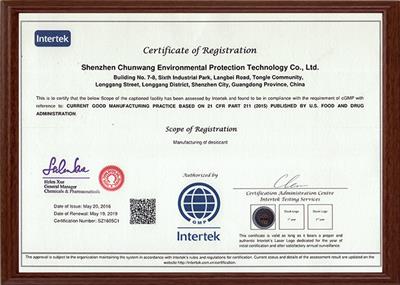
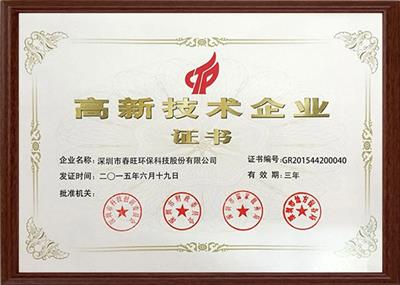
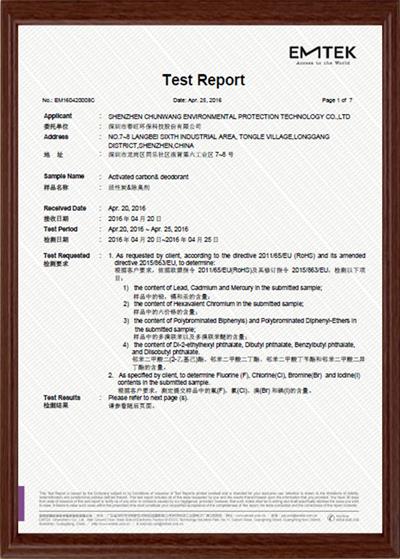
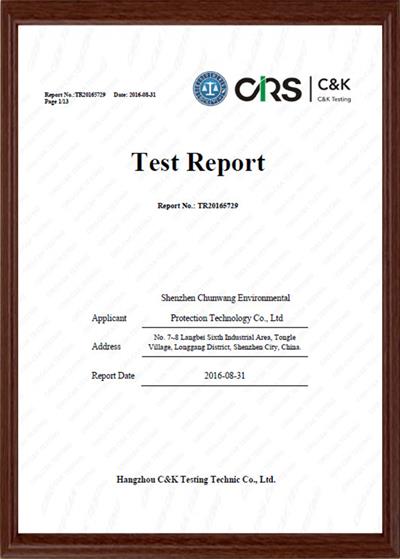
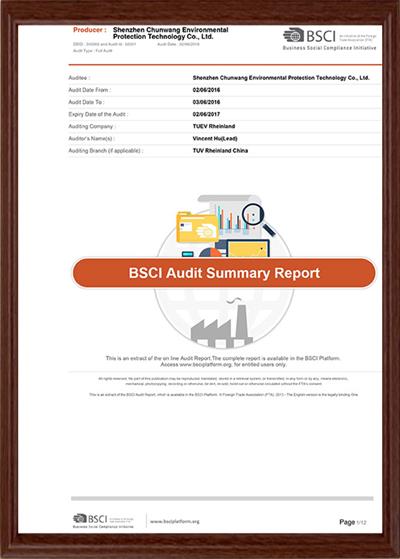
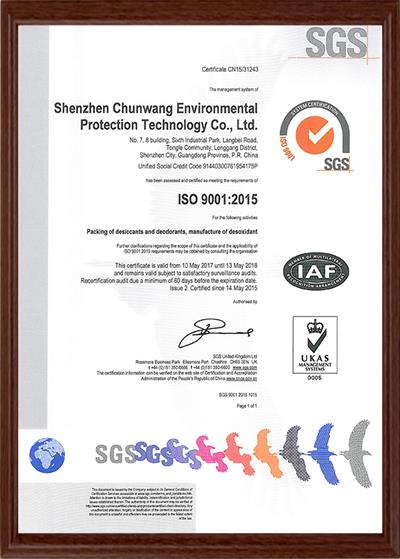
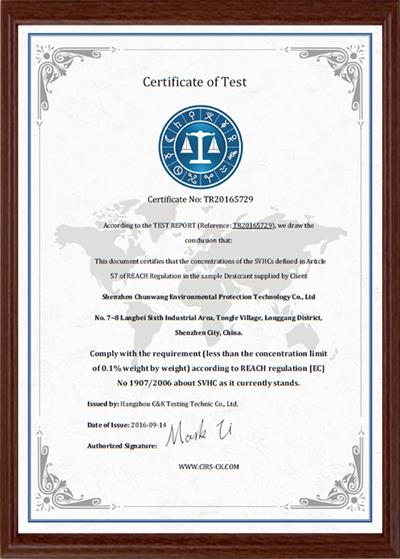
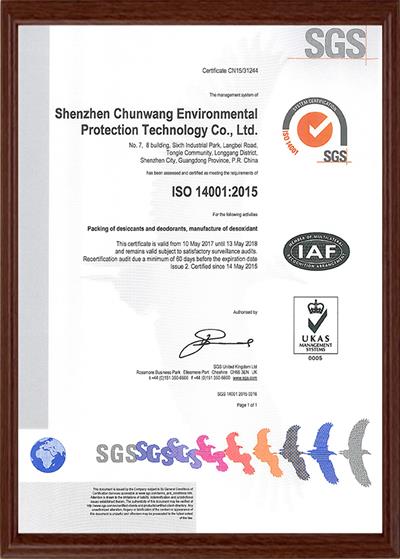
Common Problems
As one of the leading calcium chloride desiccant manufacturers and suppliers in China, we warmly welcome you to wholesale quality calcium chloride desiccant at competitive price from our factory.


